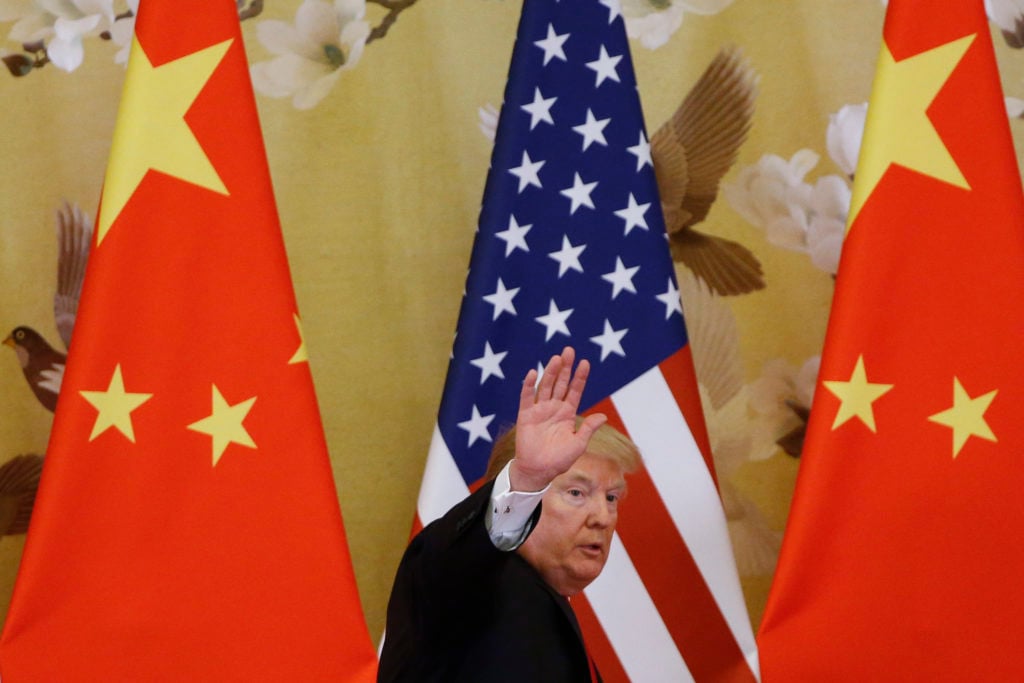Politics
A Newly Increased Trump Tariff on Chinese Goods Will Rattle the Art Market in America, Trade Experts Say
Art dealers are collateral damage in the President's escalating trade war with China.

Art dealers are collateral damage in the President's escalating trade war with China.

Eileen Kinsella

Dealers of Chinese art and antiques were already reeling after the administration of President Donald Trump decided earlier this month to include works of art on a list of Chinese goods subject to a 10 percent import tariff starting September 1.
Now, as Trump’s trade war with China has escalated, that figure has been raised to 15 percent, and trade experts are fuming.
“Based on the new Chinese tariffs, it appears yet again that Trump prefers the law of unintended consequences to more thoughtful regulation,” attorney and art law specialist Thomas Danziger of the Danziger, Danziger & Muro law firm tells artnet News. “The global Chinese art market will definitely take a hit, but it is hard to see how this will have a material impact on Chinese trade policy. [Trump] probably gave as much thought to the tariffs as he did to his last tweet.”
The five percent hike will make it that much more difficult for dealers to compete, says Peter Tompa, the executive director of the Global Heritage Alliance, an advocacy group based in Washington, DC. One looming issue concerns the problem of consignments. “No one wants to pay the tariff up front to consign something in the US,” he notes.
New York-based dealer James Lally of JJ Lally & Co. called the tariff “ill-conceived and harmful,” adding he regrets that “the logic of our arguments has been overwhelmed by politics.”

A large engraved white-glazed Cizhou Meiping. Northern Song Dynasty, (A.D. 11th Century). Image courtesy of J. J. Lally & Co., New York. Photo: Oren Eckhaus.
But dealers have been bracing for the new levies for weeks. On August 19, after the initial 10 percent tariffs were announced, the Art Dealers Association of America released a statement saying that the “imposition of tariffs on art from China will have a detrimental impact on many American art dealers. With the tariffs in place, it will be virtually impossible for these businesses to price artwork competitively within the global art market.” The group also noted that artists were likely to be negatively affected.
The ADAA noted its earlier unsuccessful efforts to stop the tariffs from being implemented. As the Trump administration was reviewing proposed tariffs in 2018 and 2019, the association requested that paintings, drawings, collages, decorative plaques, original engravings, prints, lithographs and original sculptures be removed from consideration.
The group also urged its members across the country to formally share feedback with the Office of the United States Trade Representative about “the detrimental impact to their individual businesses and the artists they represent.”
In June, following a hearing, Tompa wrote that if the tariffs were implemented, the move would be “warmly welcomed by the Chinese government and the art auctioneers and dealers in China because it will likely drive many of China’s American competitors out of business and further redirect sales to Chinese dealers serving a mostly Chinese clientele.”